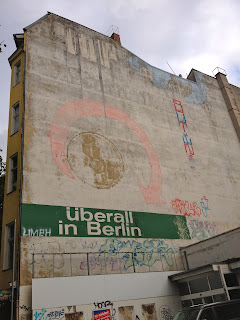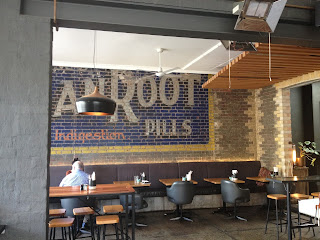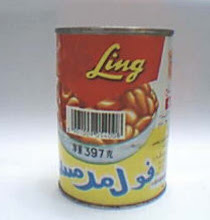I've been meaning to post this for a couple of weeks - the first decent uncovering in quite a while. (I've had issues with my phone not being recognised by my new computer...)
The Happy Thoughts Tobacco sign has recently been revealed in High Street Thornbury - an area of northern Melbourne that has taken the mantle of the latest hipster epicentre. And so it's not entirely unrelated that this part of our city is now "apartment development central", hence the tearing down of the building that has hidden this sign for nearly a century.
You can see the sign was painted by the Hancock and Taylor firm:
A quick search on Google shows that Happy Thoughts was produced by a local company called Dudgeon & Arnell Pty Ltd. These guys had a knack for kooky promotions it seems:
But Happy Thoughts was not their only product.
This site devoted to tobacco tins has photos of a large number of tobacco brands made by the Dudgeon & Arnell company, including others with names also straight out of a motivational thinking seminar: Perfection; Triumphant; Grenadier; Harbour Bar; Phoenix; Sweet Memories; Darnel; White Heather; Censer; Sport; Silky Oak; Patrol; Sunday Best.
It turns out that the company goes back a long way to Melbourne's colonial origins -
see this blog. Co-founder John Dudgeon apparently arrived here in 1850 and died in 1884 (ironically of lung cancer) after having partnered with Charles Carty Arnell for some 20 years. He'd done OK with his tobacco empire, having apparently left 80,000 pounds to his wife and children.
The author of the useful blog is someone whose great great grandfather worked for the company. The blog has a number of entries from 2013, but nothing since. It states of the company's origins::
"Dudgeon & Arnell evolved from a tobacco manufactory started by
Gideon Heard in the late 1850s. There are some hints that he may have
been involved in the tobacco business even earlier in Sydney or Adelaide
(although the Sydney reference is likely to be a confusion with the
large American company “Messrs Heard & Co” of Augustine Heard
which operated out of China and had a large Asia-Pacific presence at
the time). Gideon Heard’s company became “Heard, Owen & Dudgeon” in
1862 and then “Owen, Dudgeon & Arnell” in 1864 before settling on
“Dudgeon & Arnell” in 1876."
The blog also mentions that the Dudgeon & Arnell factory was located from the 1930s in River Street, Richmond, neat the corner of Palmer Street. It then says that "Dudgeon & Arnell operated from this location until 1953 when they
were taken over by Dobie, George & Son before that in turn was
absorbed into the Phillip Morris conglomerate."
You have to love the internet, at least sometimes :)



















































